South Africa
Food Safety Tips
Essential food safety information to help you enjoy South Africa's cuisine safely and confidently.
Drink bottled or filtered water in rural areas
Tap water is generally safe in major cities, but bottled water is recommended in rural areas.
Be cautious with raw seafood
While South Africa has excellent seafood, ensure it is fresh and properly prepared, especially in warmer months.
Watch out for undercooked meat
South Africans love their braai (barbecue), but ensure meat is thoroughly cooked to avoid foodborne illnesses.
Be careful with street food
Street food can be delicious but choose vendors with good hygiene practices and high turnover.
Wash fruits and vegetables thoroughly
Fresh produce should be washed well before consumption, especially if purchased from markets.
Dietary Options
vegetarian
MEDIUM AVAILABILITYVegetarian options are increasingly available in urban areas and tourist destinations, though traditional South African cuisine is meat-heavy.
vegan
LOW AVAILABILITYVegan options are limited outside major cities like Cape Town and Johannesburg, where specialized restaurants can be found.
gluten-free
MEDIUM AVAILABILITYAwareness of gluten-free diets is growing, with options available in larger cities and tourist areas. Traditional corn-based dishes like pap are naturally gluten-free.
halal
MEDIUM AVAILABILITYHalal food is widely available in areas with significant Muslim populations, particularly in Cape Town and parts of Johannesburg.
Common Allergens
Peanuts
HIGH PREVALENCEPeanuts are common in South African cuisine, especially in sauces and as snacks.
COMMONLY FOUND IN:
Tree Nuts
MEDIUM PREVALENCEVarious tree nuts are used in South African cooking and baking.
COMMONLY FOUND IN:
Shellfish
MEDIUM PREVALENCEShellfish is popular in coastal regions of South Africa.
COMMONLY FOUND IN:
Dairy
HIGH PREVALENCEDairy products are widely used in South African cuisine.
COMMONLY FOUND IN:
Essential Food Experiences
These iconic dishes represent the must-have culinary experiences that define South Africa's food culture for travelers.
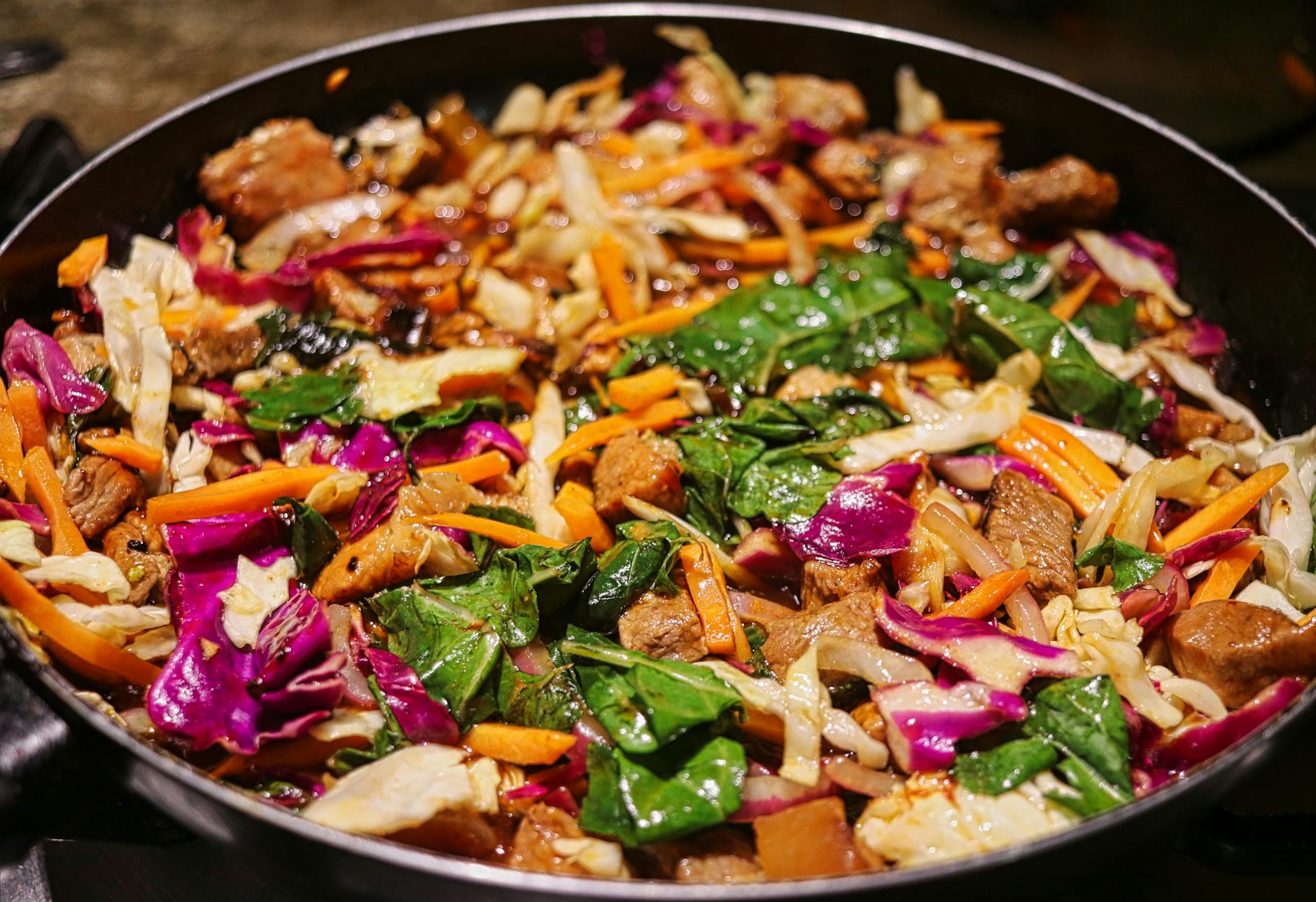
Bobotie
A Cape Malay dish consisting of spiced minced meat baked with an egg-based topping, often served with yellow rice and chutney.
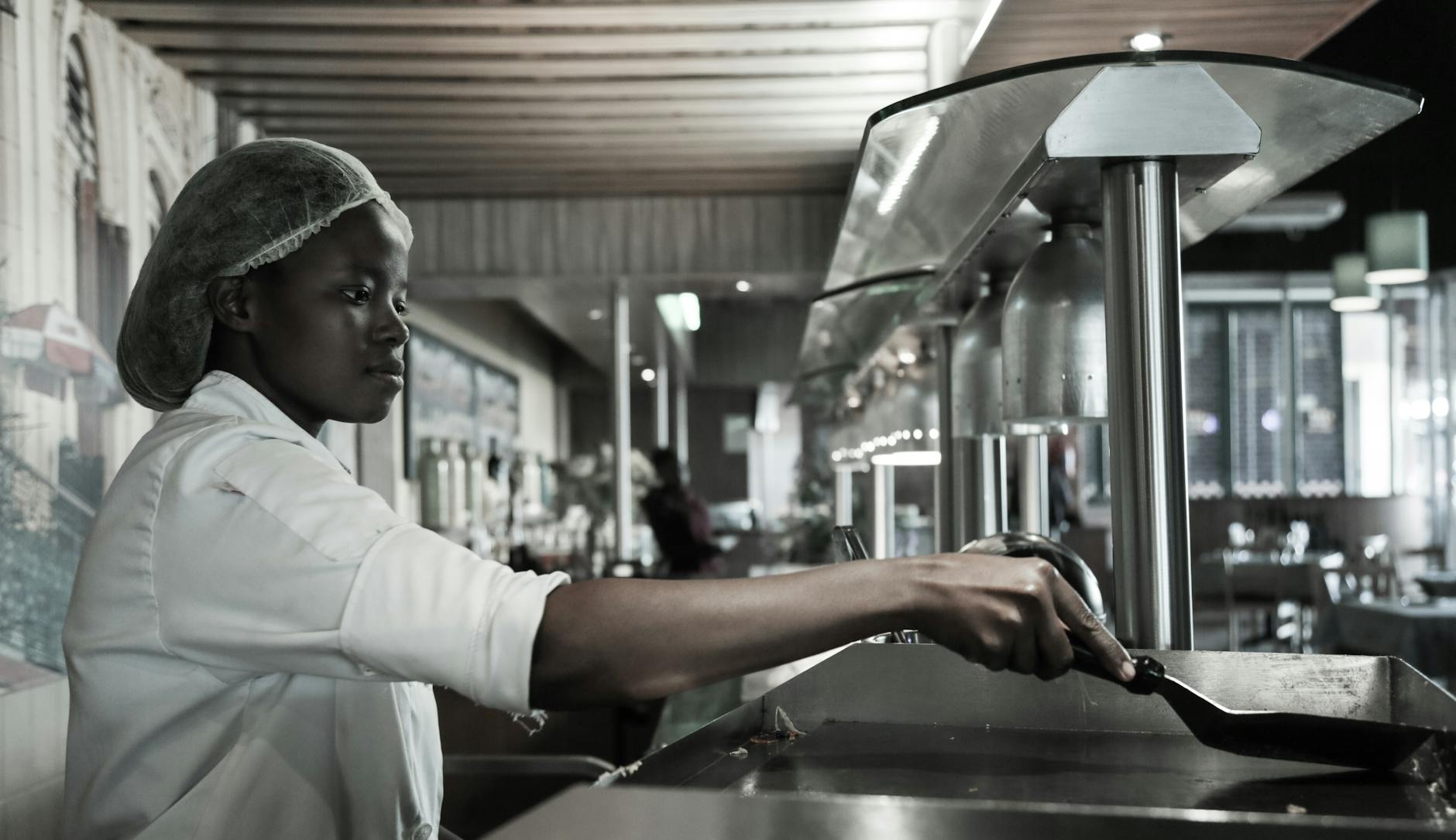
Biltong
Air-dried, cured meat similar to beef jerky but with a distinct flavor profile from the curing process and spices used.
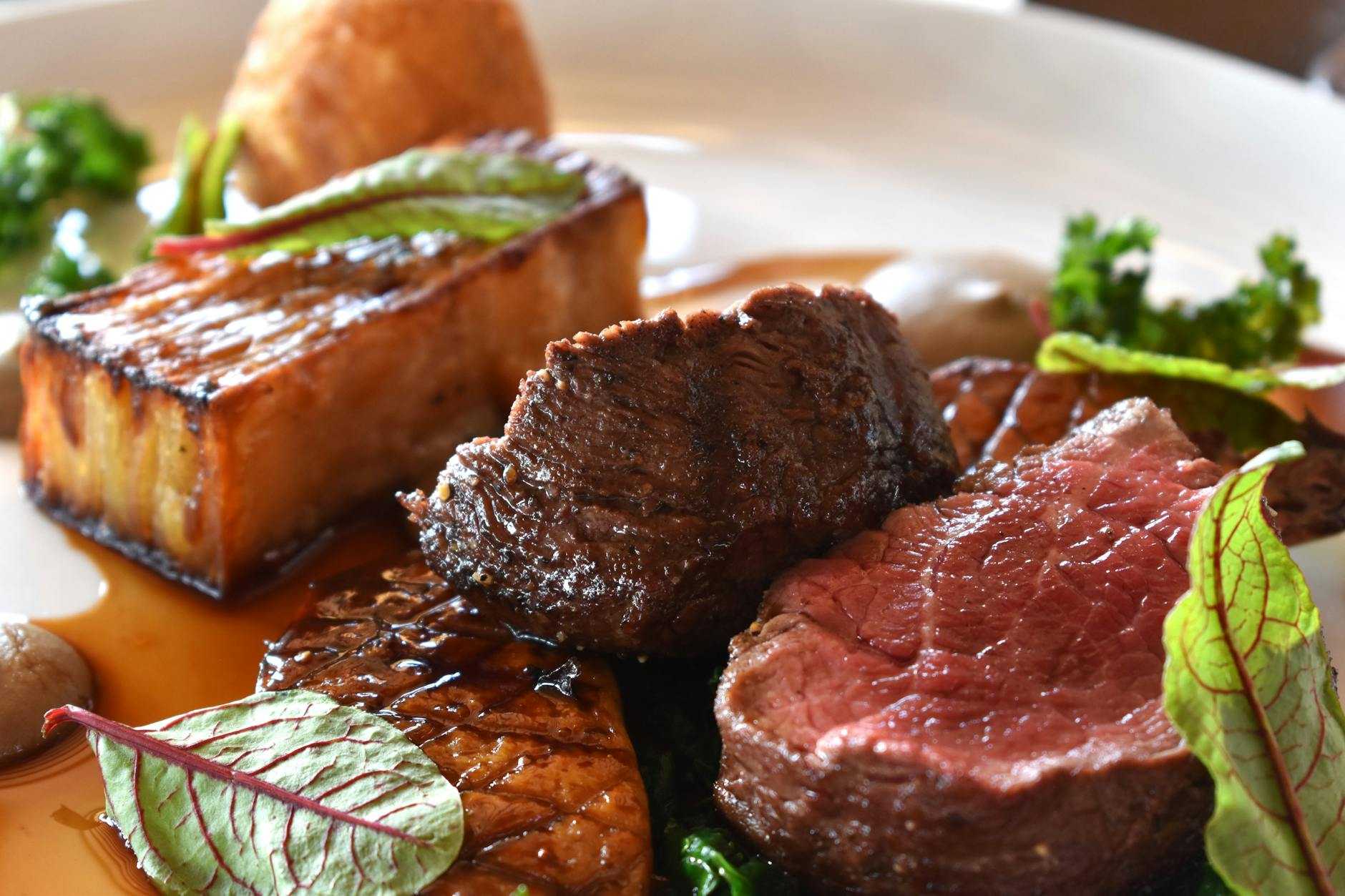
Braai
South African barbecue featuring various meats grilled over an open flame, often accompanied by side dishes like pap and chakalaka.
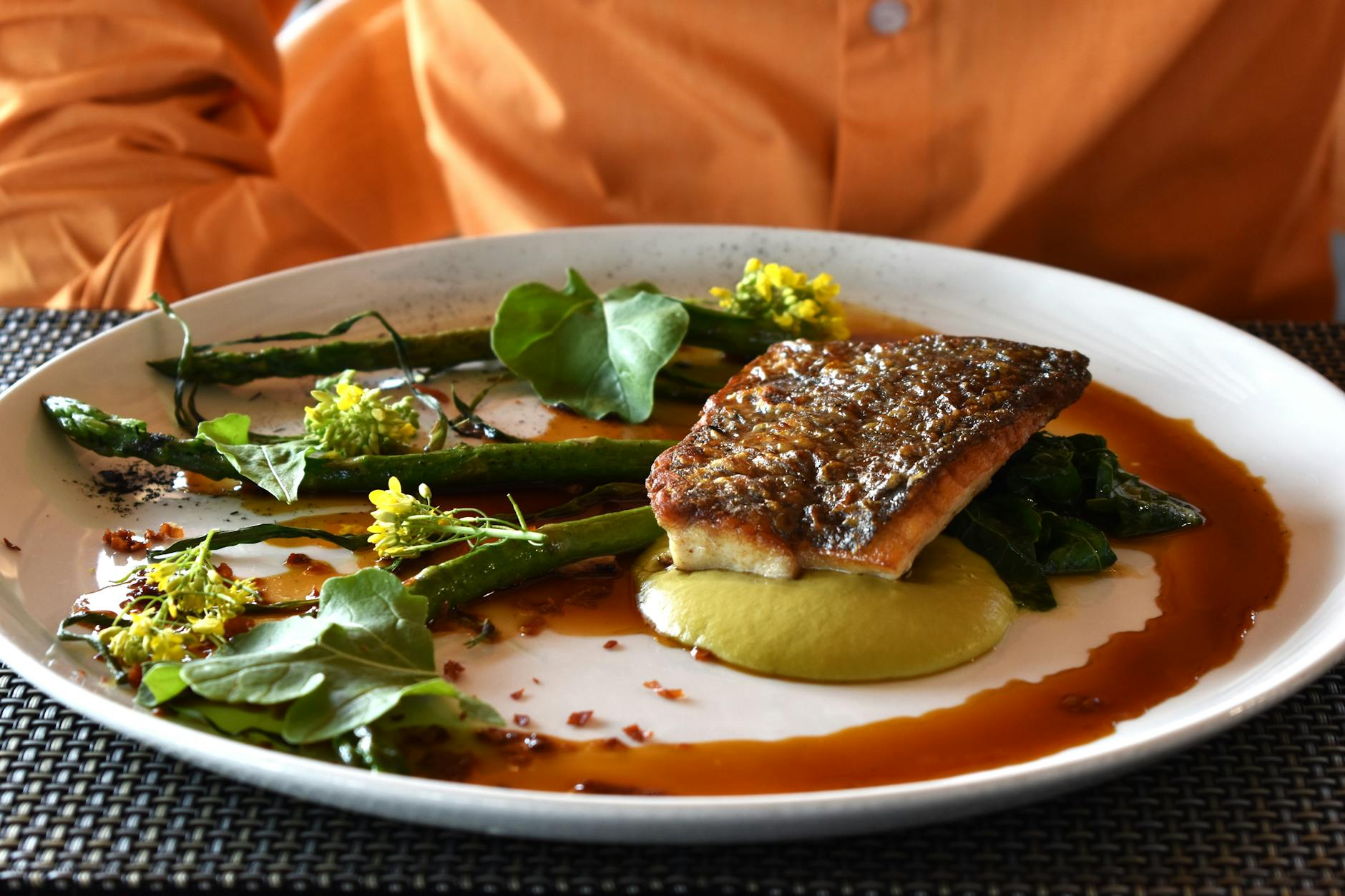
Bunny Chow
Hollowed-out loaf of bread filled with curry, originating from the Indian community in Durban.
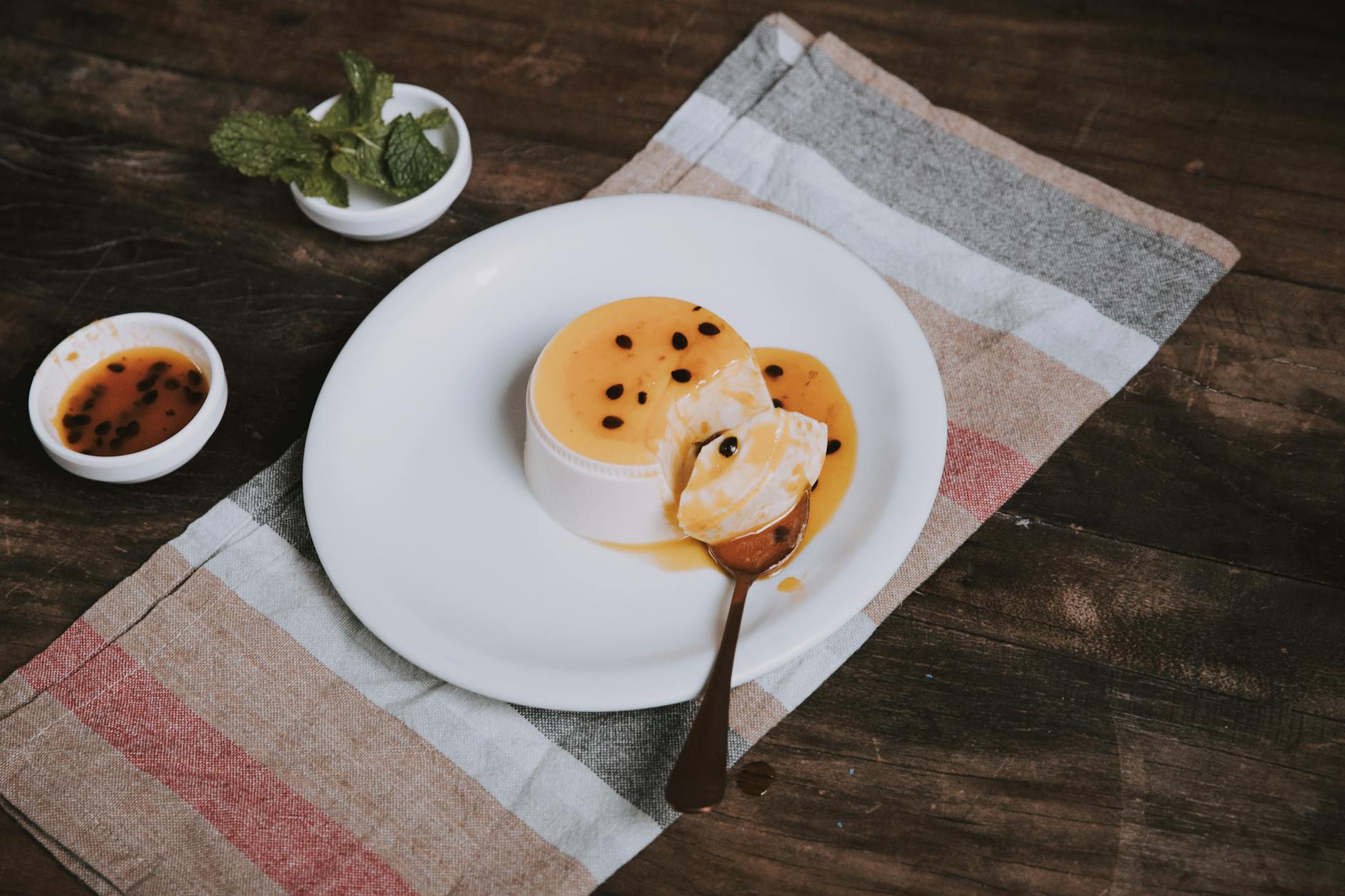
Malva Pudding
Sweet, spongy dessert of Cape Dutch origin with a caramelized exterior and apricot jam, served hot with custard or ice cream.
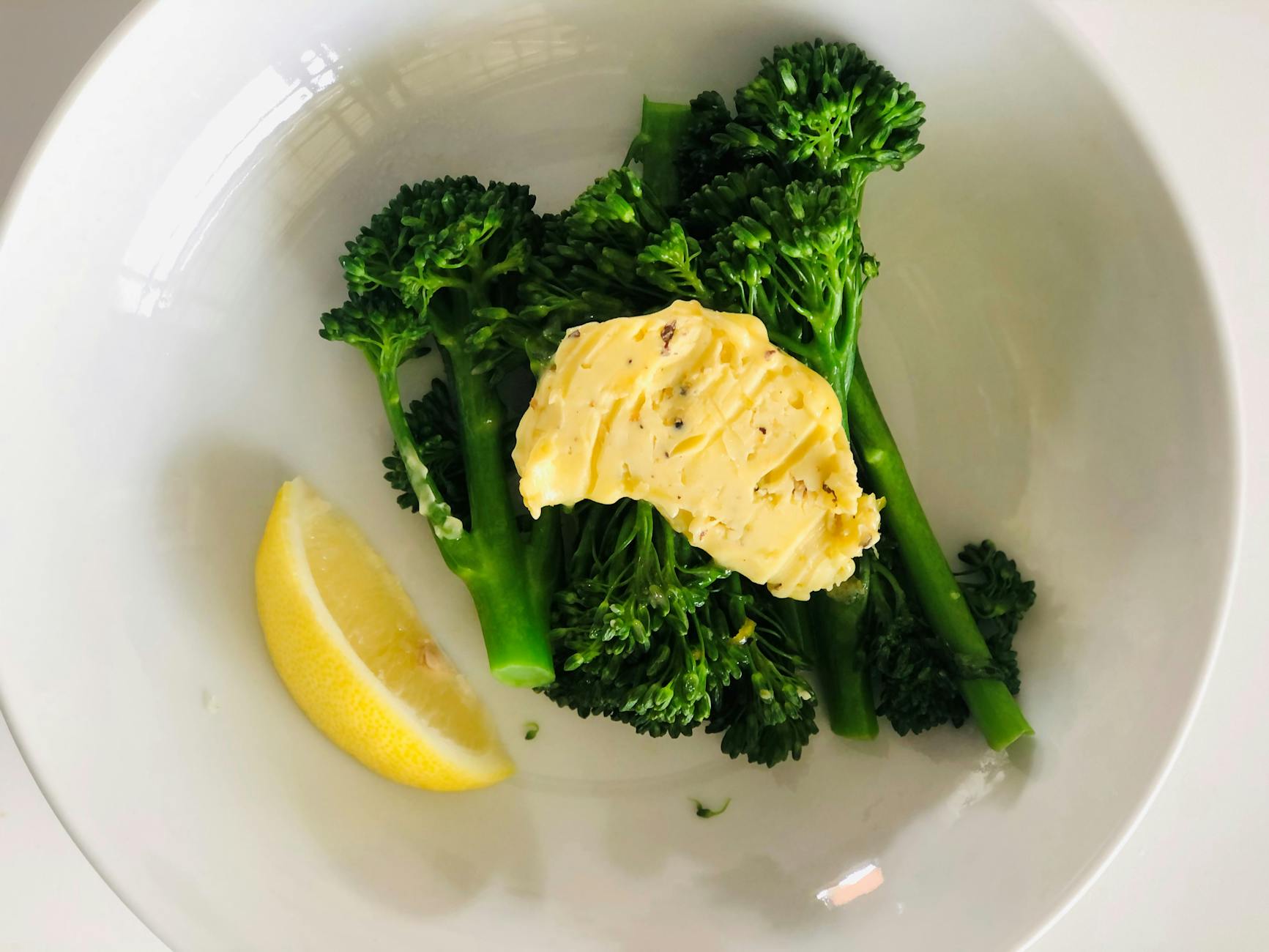
Chakalaka
Spicy vegetable relish typically containing beans, tomatoes, peppers, carrots, and spices, often served with bread or pap.
Regional Specialties & Local Favorites
Discover the authentic regional dishes and local favorites that showcase South Africa's diverse culinary traditions.

Biltong (Biltong)
A cured, air-dried meat, often made from beef or game. Developed as a preservation method by the indigenous peoples of Southern Africa, biltong is a beloved snack and a symbol of South African heritage.
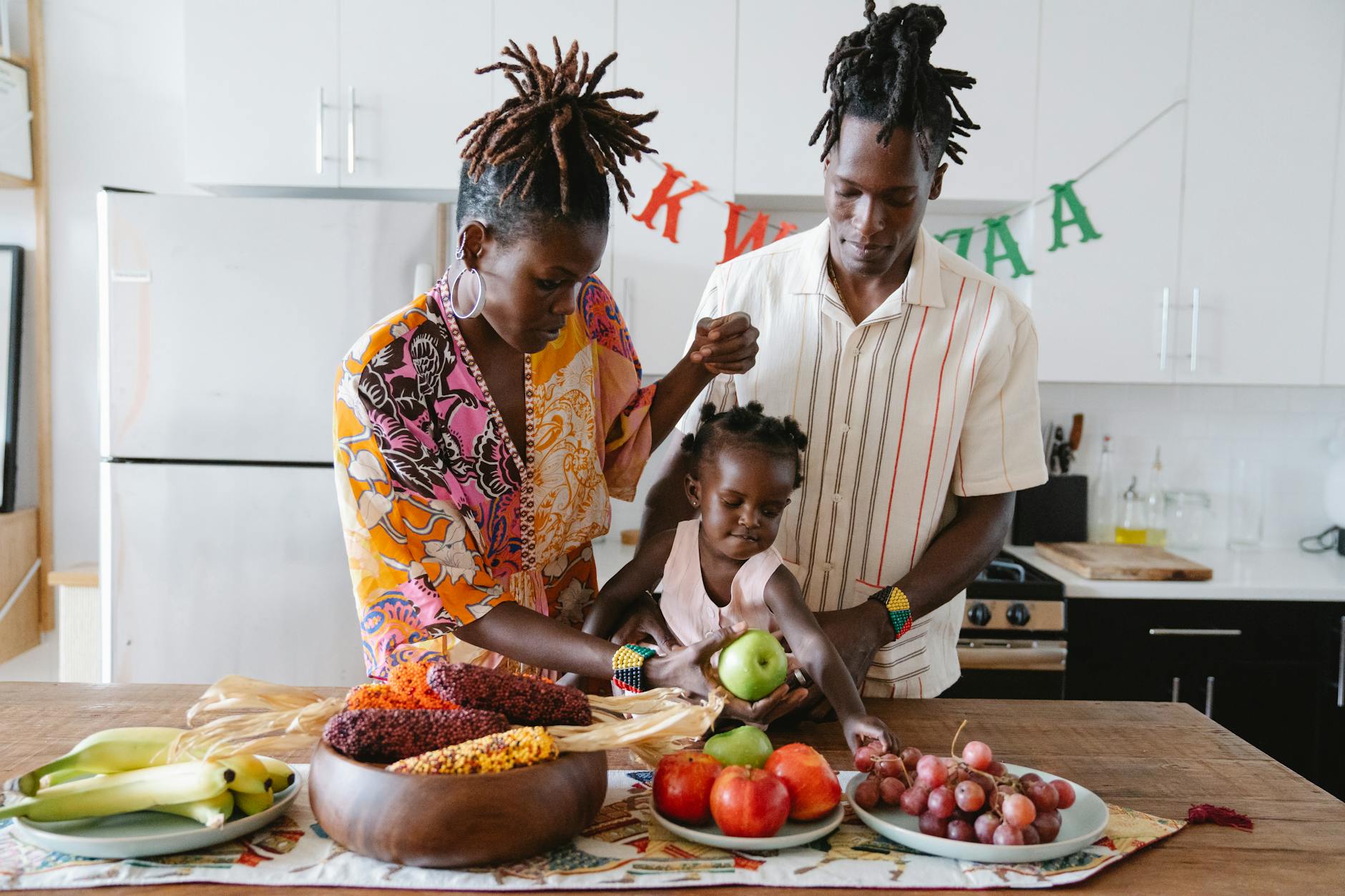
Boerewors (Boerewors)
A traditional South African sausage, usually made with beef and a distinctive blend of spices. It's an essential part of a braai (barbecue) and a cornerstone of South African cuisine.

Bobotie (Bobotie)
A Cape Malay dish consisting of spiced minced meat baked with an egg-based topping. Influenced by Indonesian cuisine, bobotie is a flavorful and comforting dish.
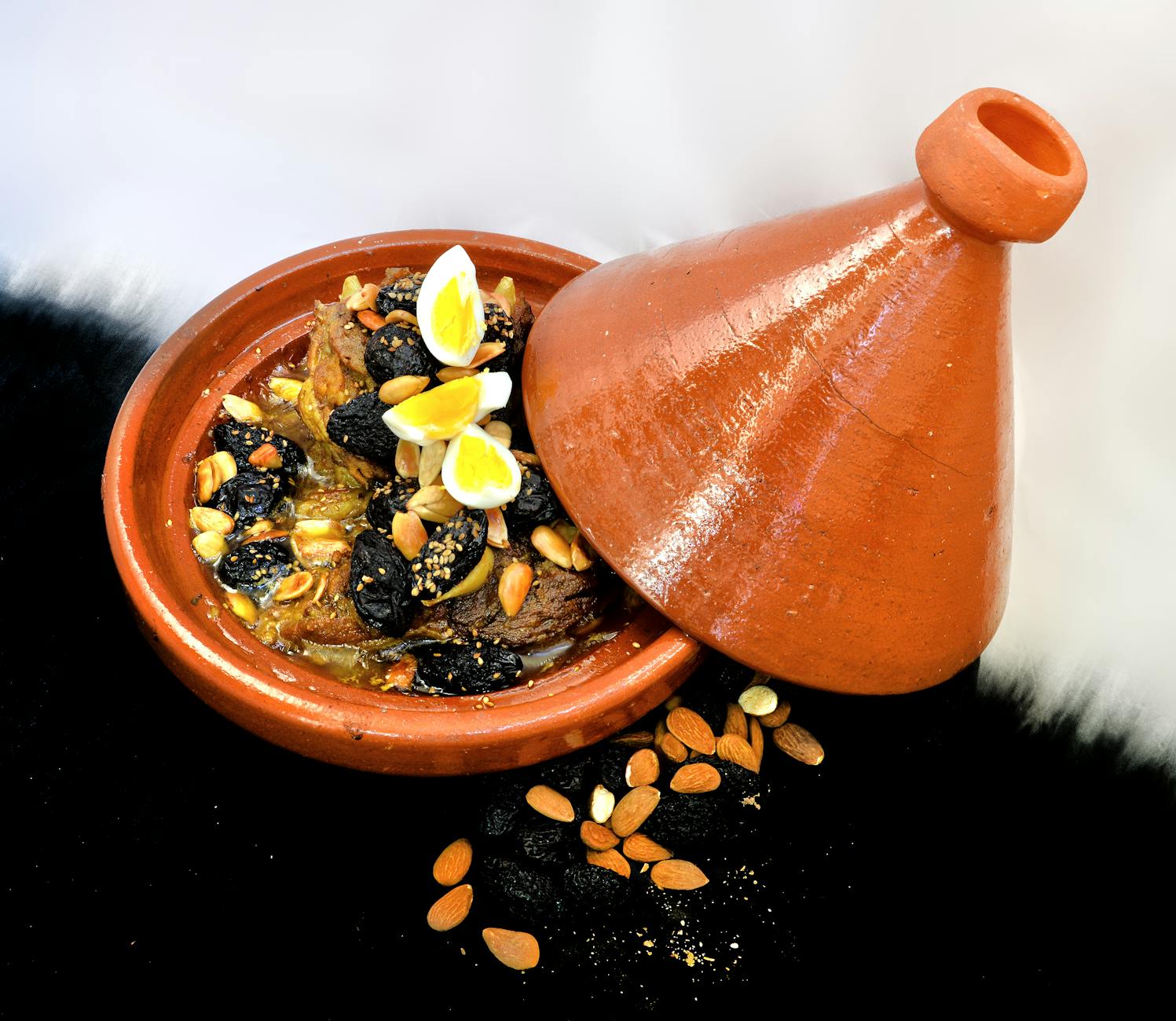
Melktert (Melktert)
A sweet milk tart with a cinnamon-flavored custard filling in a pastry crust. It's a popular dessert in South Africa, enjoyed by people of all ages.
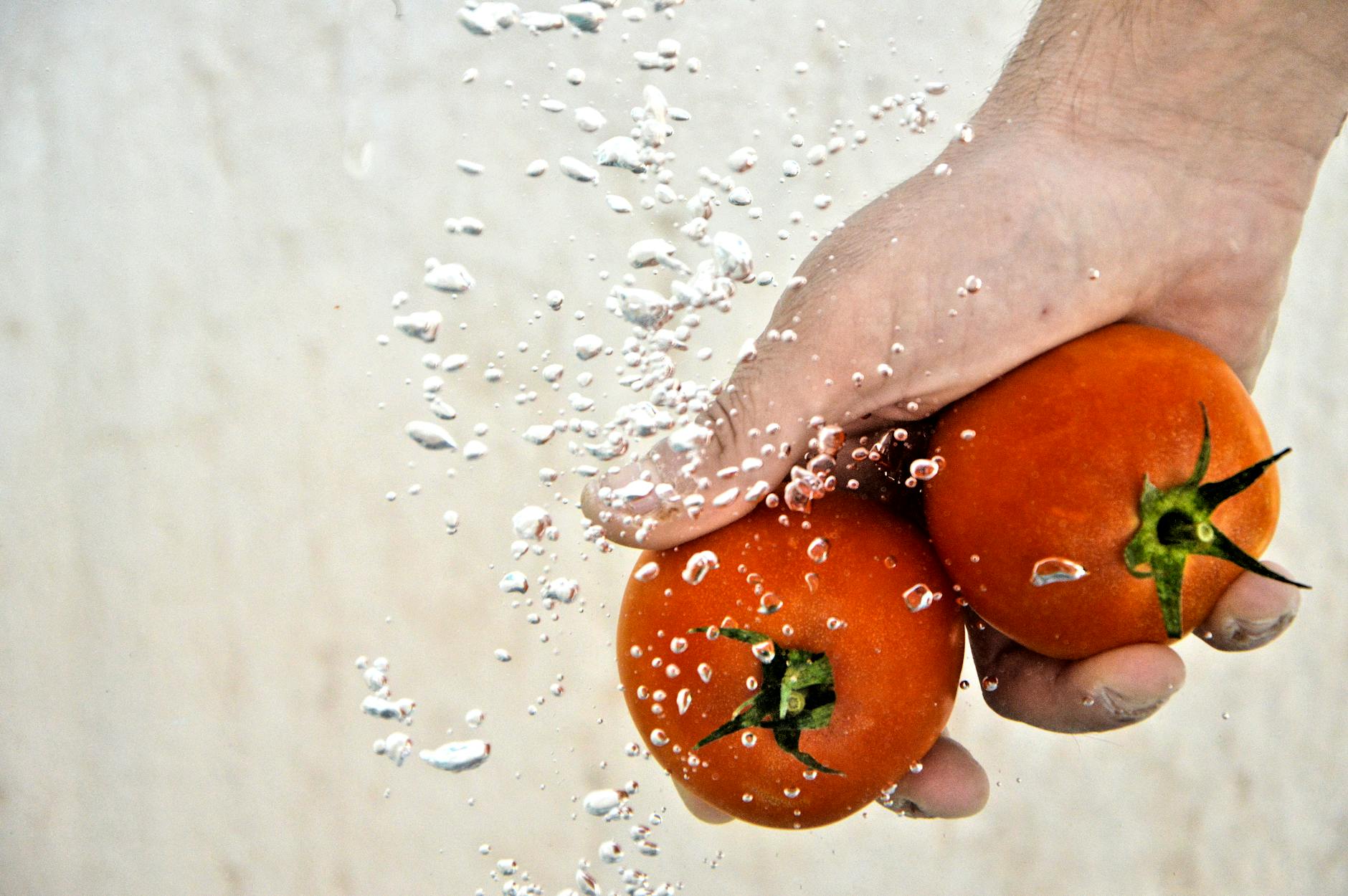
Potjiekos (Potjiekos)
A traditional stew slow-cooked in a three-legged cast-iron pot over an open fire. It's a communal dish, often shared at gatherings and celebrations.

Chakalaka (Chakalaka)
A spicy vegetable relish, often served with pap, bread, or meat. It's a versatile dish with origins in the townships and is a staple in many South African homes.

Bunny Chow (Bunny Chow)
A hollowed-out loaf of white bread filled with curry. Originating in Durban's Indian community, it's a popular and affordable street food.
Regional Cuisine Highlights
Explore the diverse culinary landscapes across different regions of South Africa.
Cape Malay
Cape Malay cuisine is a vibrant fusion of Southeast Asian, particularly Indonesian, and South African flavors. Brought to the Cape by enslaved people, it features fragrant spices, rich sauces, and often combines sweet and savory elements. This cuisine is a cornerstone of Cape Town's culinary heritage.
Signature Dishes:
Key Ingredients:

Afrikaans (Boerekos)
Hearty and rustic, Afrikaans cuisine reflects the resourcefulness of early settlers. It emphasizes meat, often game, and simple preparations with minimal spices. Preserves and dried meats are common features, reflecting a practical approach to food.
Signature Dishes:
Key Ingredients:
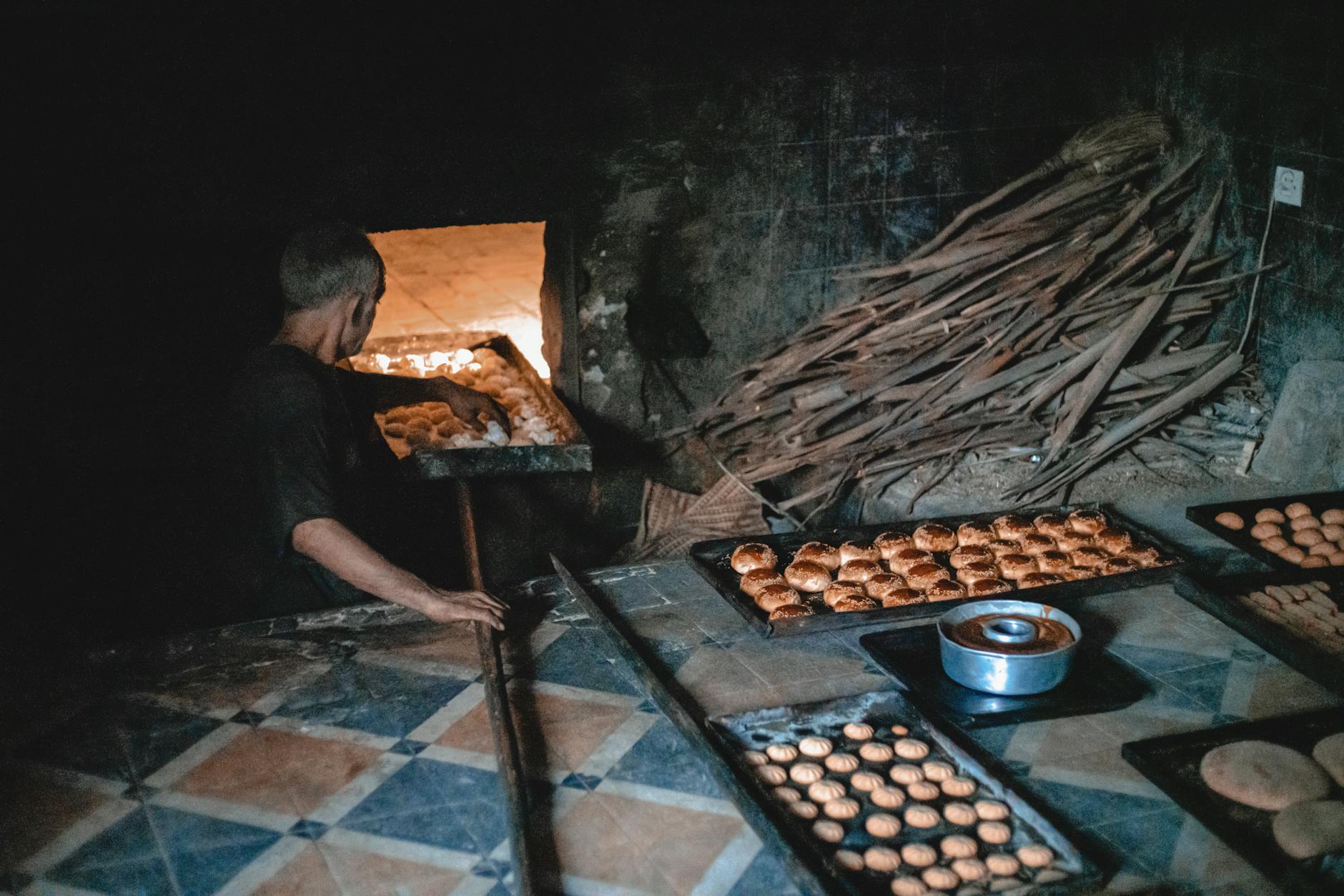
Zulu
Zulu cuisine relies heavily on fresh, locally sourced ingredients. Meat plays a central role, often grilled or stewed. Maize is a staple, used in various forms like mealie pap. Dairy, in the form of amasi (fermented milk), is also important.
Signature Dishes:
Key Ingredients:
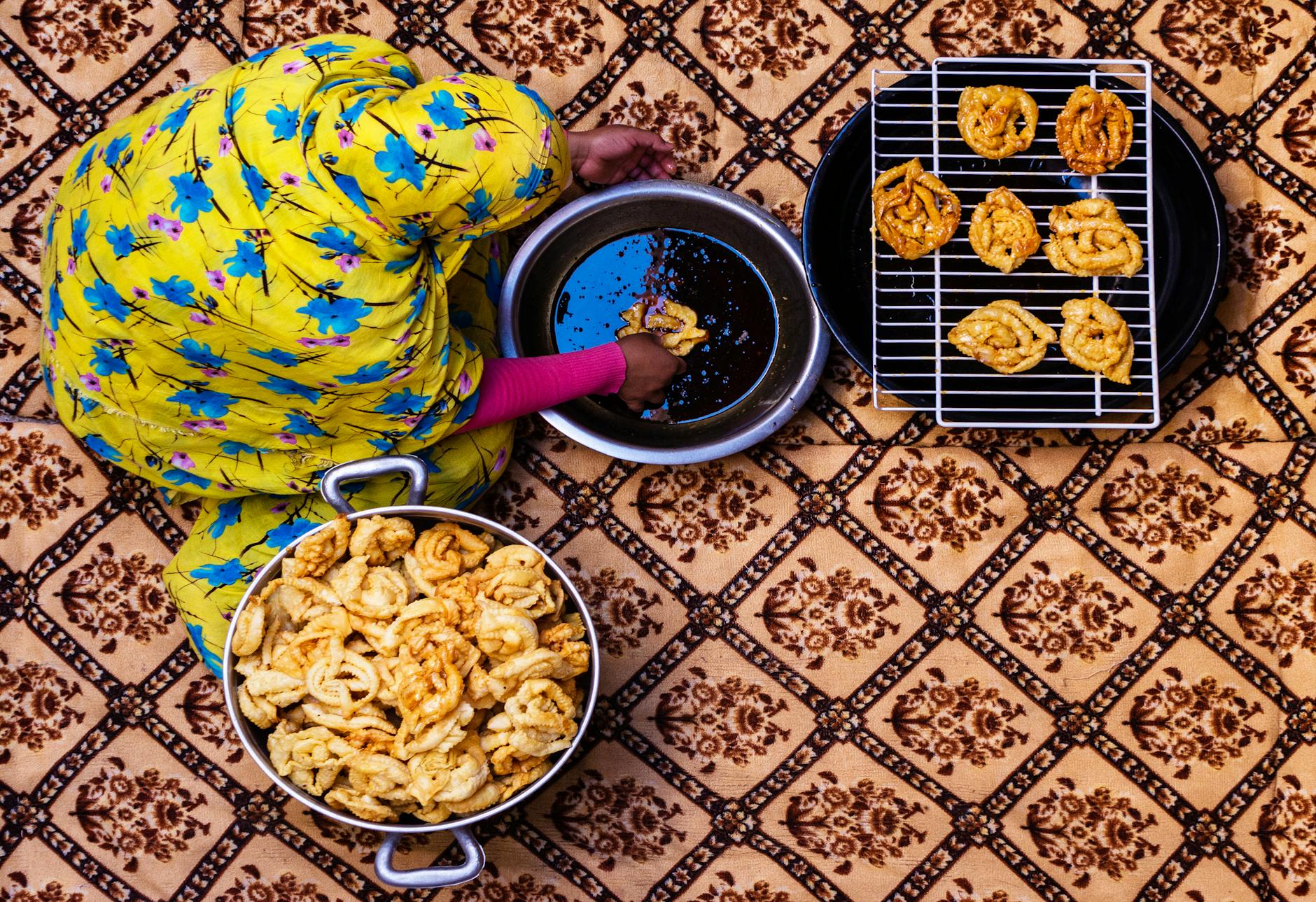
Xhosa
Similar to Zulu cuisine, Xhosa food centers around meat and maize. Emphasis is placed on simple cooking methods, often involving stewing or grilling. Umngqusho, a dish of samp (coarsely ground maize) and beans, is a staple.
Signature Dishes:
Key Ingredients:
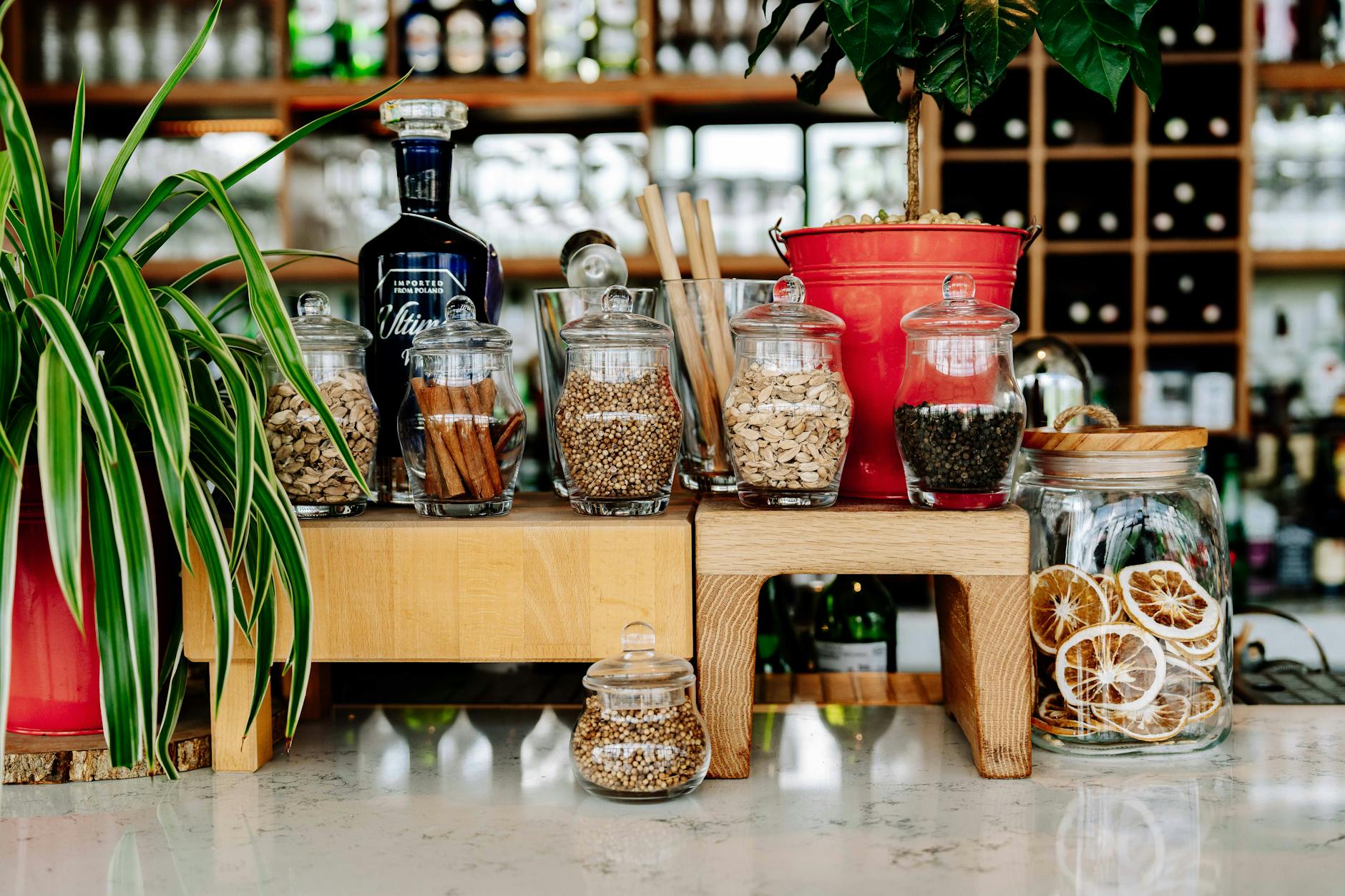
Indian (Durban)
Brought to South Africa by indentured laborers, Indian cuisine, particularly from the Durban area, is renowned for its vibrant flavors and use of spices. Curries, bunny chow, and samoosas are just a few examples of its rich offerings.
Signature Dishes:
Key Ingredients:
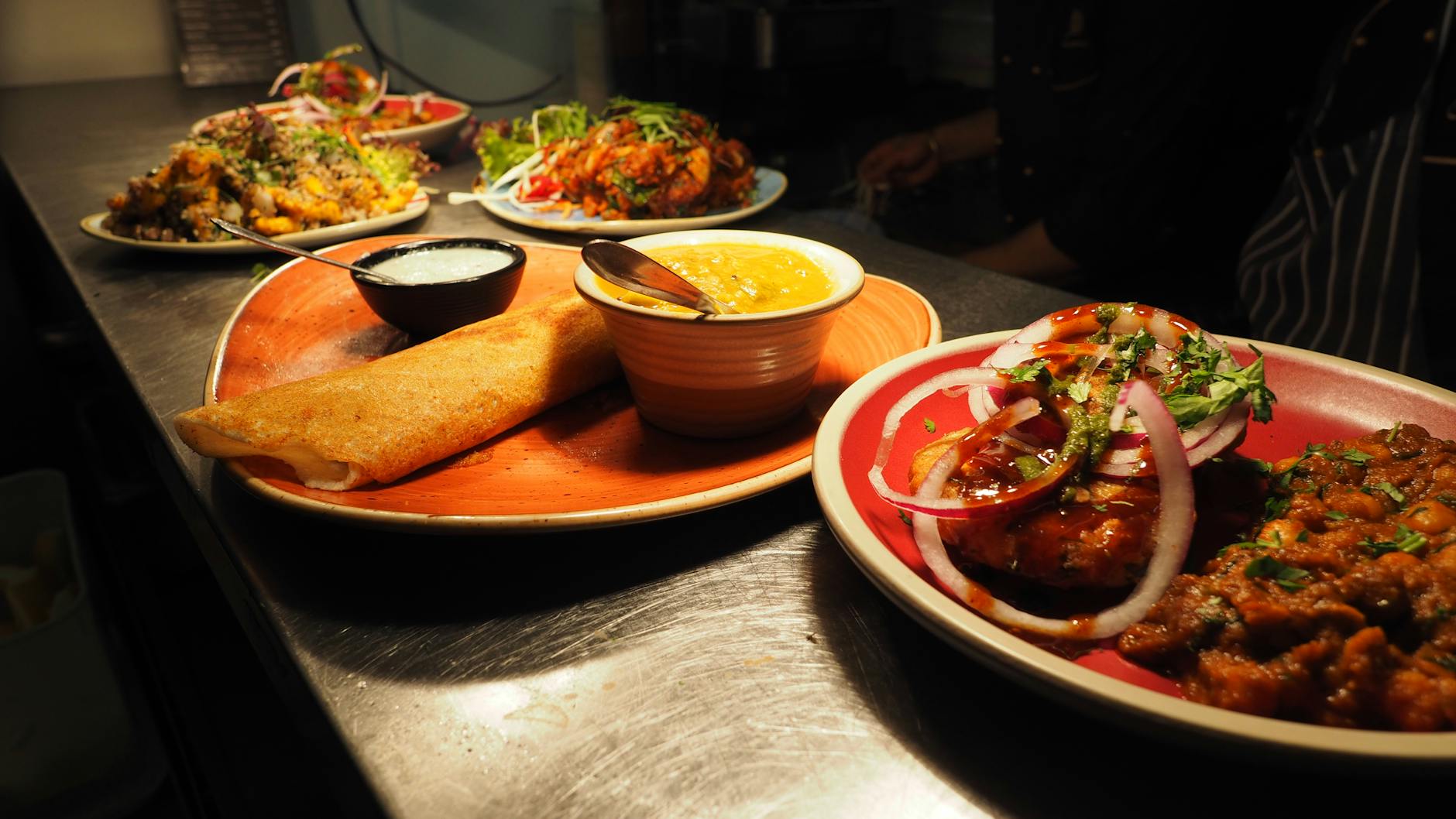
Sweet Delights & Desserts
Indulge in South Africa's traditional sweet treats and desserts.

Milk Tart (Melktert)
A sweet pastry crust filled with a creamy custard filling, often spiced with cinnamon. Brought to South Africa by Dutch settlers in the 17th century, it's a beloved national treat often enjoyed with tea or coffee.

Koeksisters
Crispy, syrup-coated, plaited doughnuts. These sweet treats are popular in both the Afrikaans and Cape Malay communities. Their distinctive shape comes from the braiding of the dough before frying.

Malva Pudding
A spongy, caramelized pudding with a rich sauce. Its origins are uncertain, but it's a staple in South African restaurants and homes. Often served warm with custard or ice cream.

Soetkoekies (Sweet Cookies)
Simple, spiced biscuits, often flavored with cinnamon or ginger. These are a common treat in Afrikaans households and are often enjoyed with tea or coffee. Easy to make and adaptable with various spice combinations.
Traditional Beverages
Discover South Africa's traditional drinks, from locally produced spirits to regional wines.
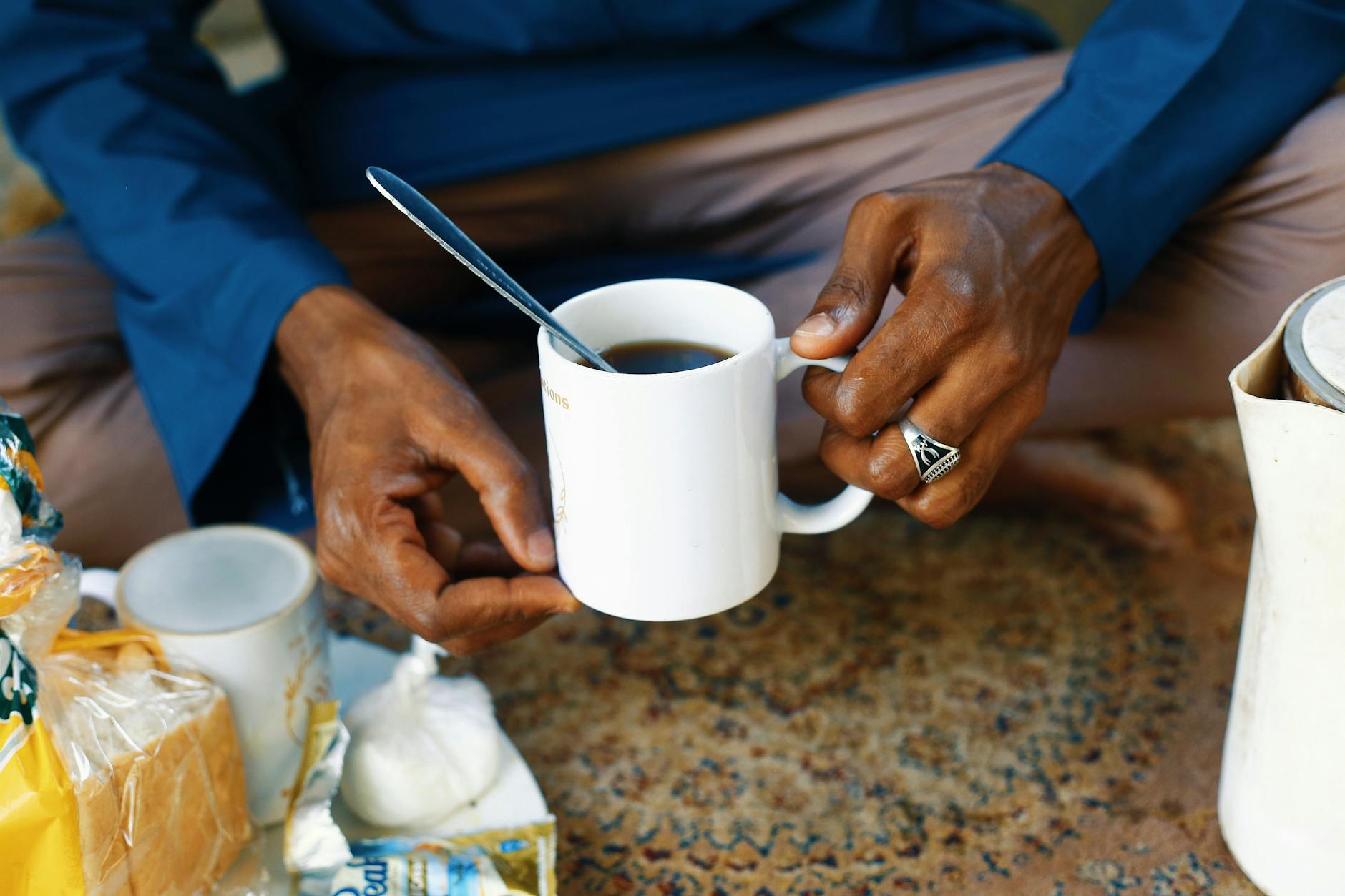
Umqombothi (Umqombothi)
A traditional Xhosa beer made from maize, maize malt, sorghum malt, and water. It plays a significant role in ceremonies and rituals, offered to ancestors and shared among community members.
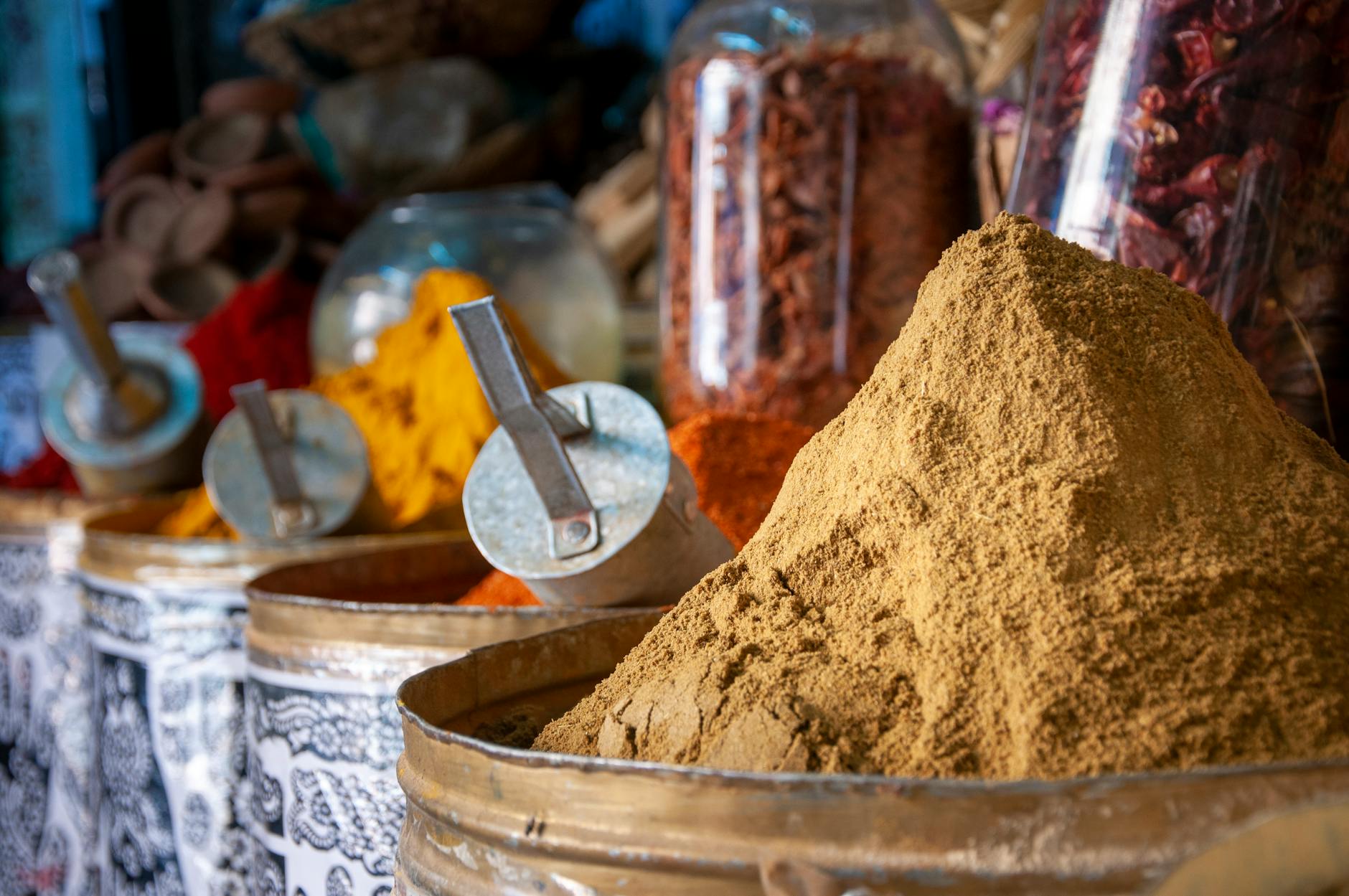
Witblits (Witblits)
A potent grape-based brandy, often associated with the Afrikaner community. Its name translates to 'white lightning', referring to the clear distillate. Historically, it was a homemade spirit, but commercial versions exist today.
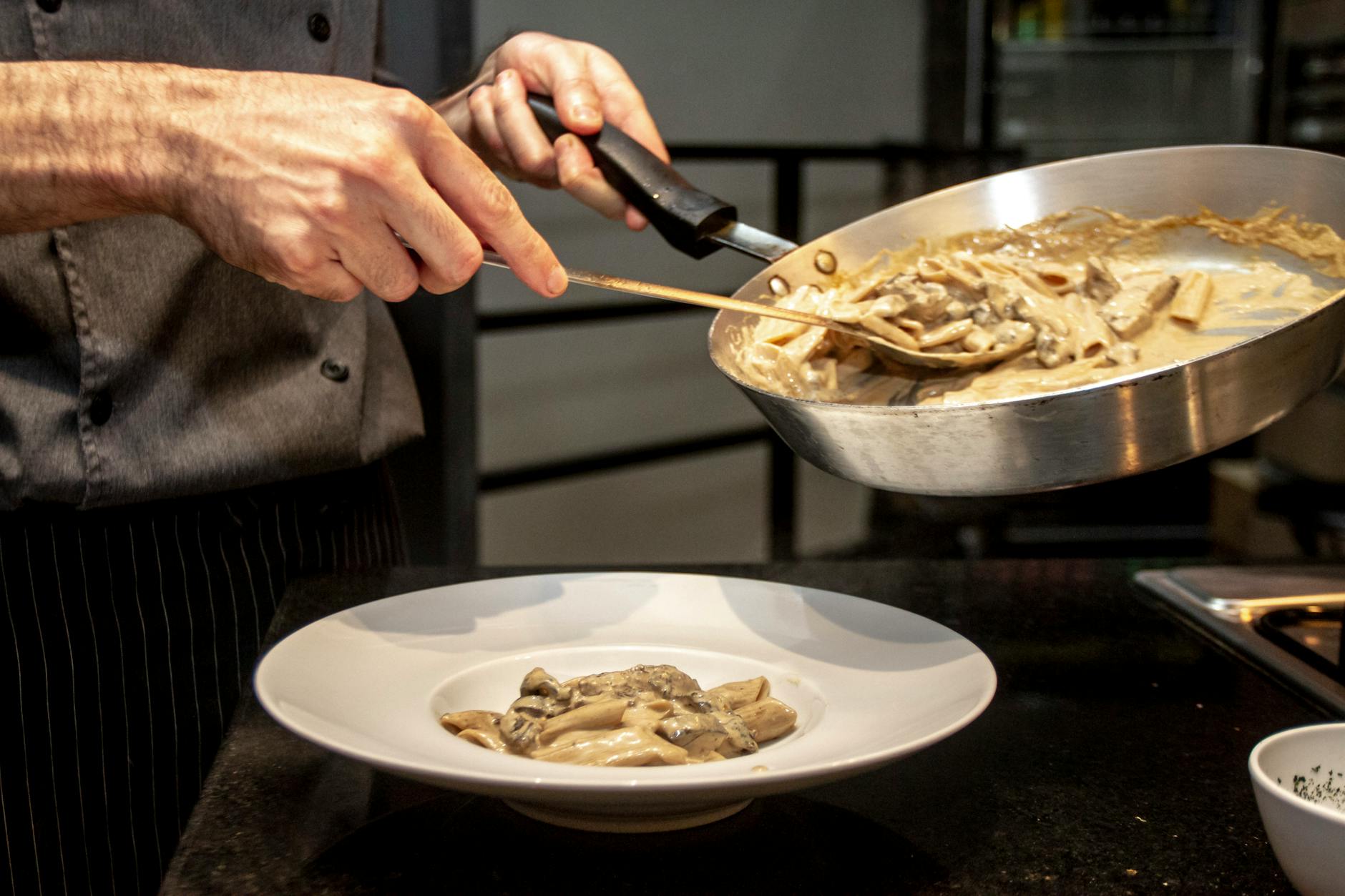
Amarula Cream
A cream liqueur made with the fruit of the Marula tree, which grows wild in sub-Saharan Africa. It has a rich, creamy, and fruity flavor, often compared to Baileys Irish Cream. While a more modern beverage, it's based on a traditional fruit source.
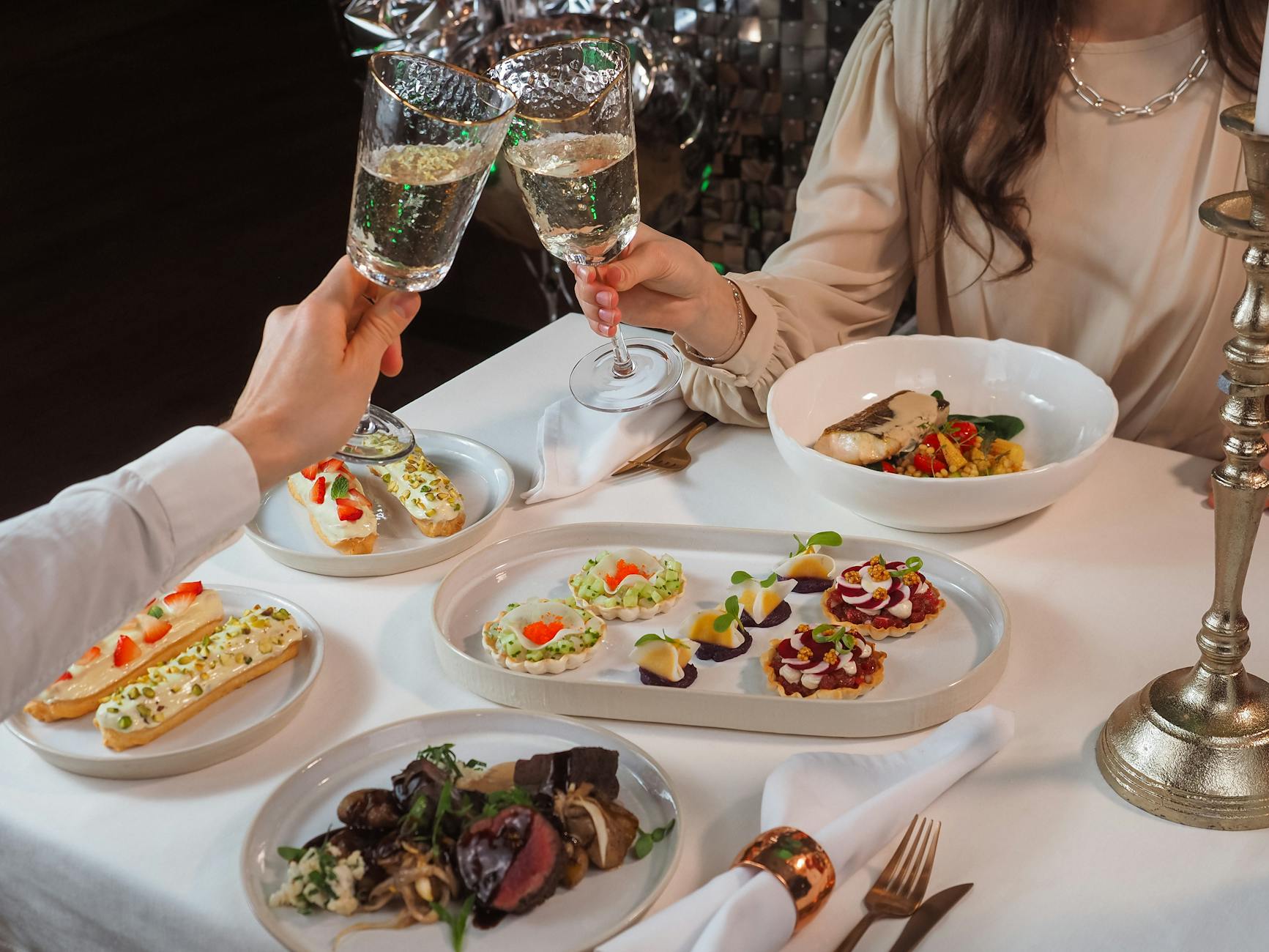
Sparkling Wine (Méthode Cap Classique)
South Africa has a long history of winemaking, and the Méthode Cap Classique, or MCC, is their version of traditional method sparkling wine. It adheres to the same strict process used for Champagne, resulting in a high-quality, bubbly beverage.
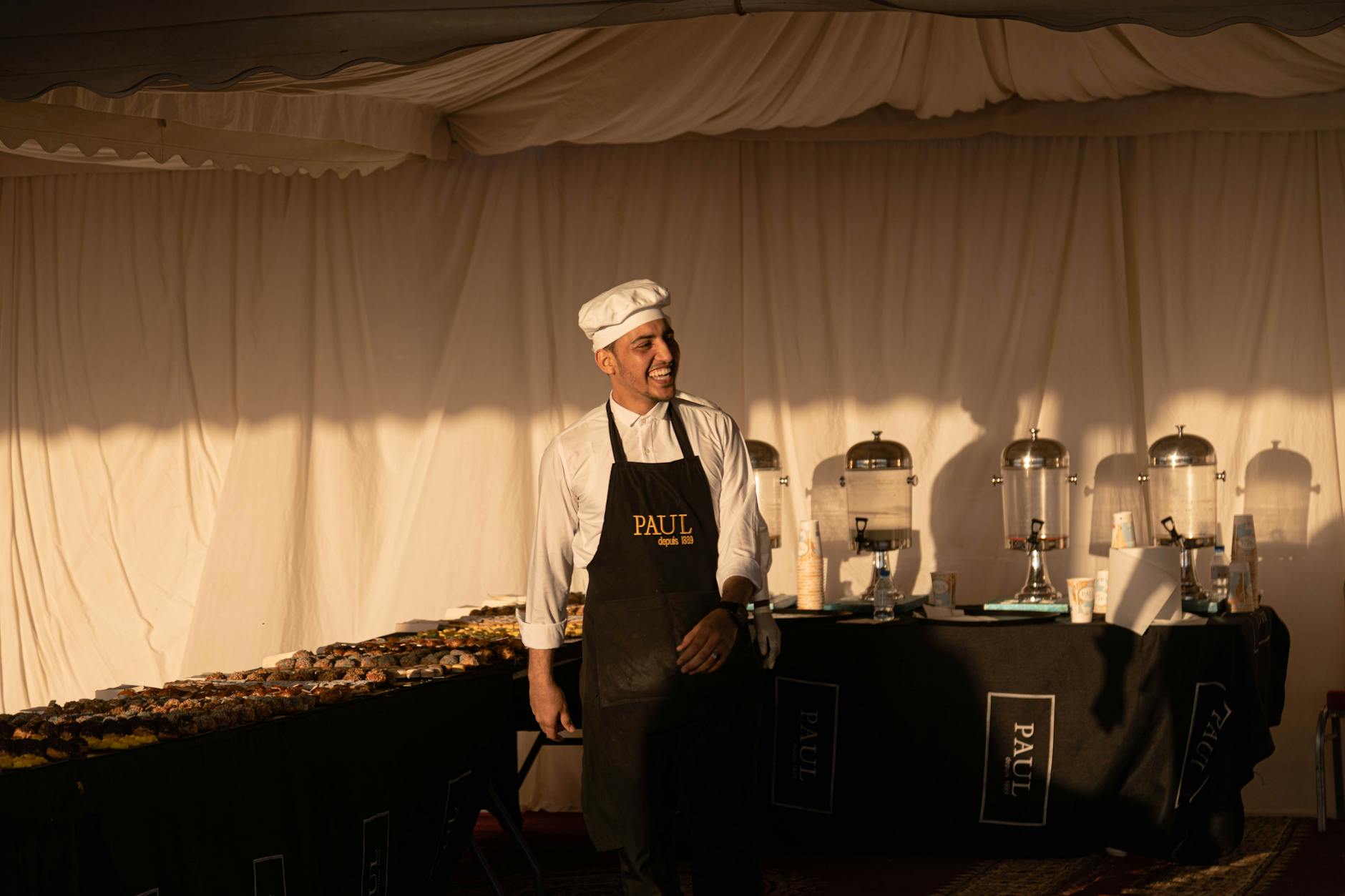
African Beer (Utjwala)
A general term for traditional beers made throughout Africa, South African varieties include sorghum beer. A slightly sour, thick, opaque beverage with low alcohol content, important in social gatherings.